Command Palette
Search for a command to run...
AI Imagines the Appearance of Emperors of the Song, Ming and Qing Dynasties, and Four Models Conceive Real Facial Features
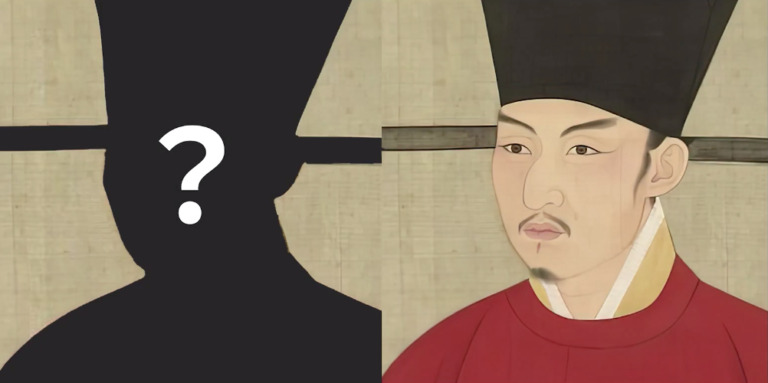
Previously, Weibo blogger @大谷Spitzer, who became famous for using AI to restore the street scenes of Beijing in the Republic of China, used AI technology to restore more than a dozen emperors from the Song Dynasty, Ming Dynasty and Qing Dynasty in the past two days, allowing modern people to get a glimpse of the "true appearance" of ancient emperors.
This year, the trend of using AI to repair ancient videos and restore historical figures has become particularly popular both at home and abroad, allowing many netizens to indulge in the thrill of time travel.
Previously, Weibo blogger @大谷Spitzer (click here to review) became famous for restoring the street scenes of the Republic of China"AI restored Beijing street scene video in the Republic of China, popular on the Internet, taking you through time"), there is no stopping on the road of AI repairing and restoring historical data.
On December 6-7, he released his latest works:Use AI to restore portraits of emperors from the Song, Ming and Qing dynasties.The video quickly became a hot topic as soon as it was released, with 7.86 million views on Weibo. Netizens all experienced the feeling of being "face to face" with the emperors.
What does AI imagine the emperor to look like?
In the latest work, Otani selected eight emperors of the Ming and Qing dynasties: Zhu Di (Emperor Yongle), Zhu Gaochi, Zhu Qizhen, Zhu Youjian (Emperor Chongzhen), Kangxi, Yongzheng, Qianlong, and Guangxu, as well as a female Empress Xiaoxianchun of the Fuca clan, and four emperors of the Song Dynasty: Taizu of Song, Taizong of Song, Zhezong of Song, and Huizong of Song, and performed AI restoration.
Emperors of the Ming Dynasty: All had square faces
The Ming Dynasty had twelve and sixteen emperors. Otani selected four representative emperors and restored their appearance. Netizens said: The emperors and their families of the Ming Dynasty all look like people from northern Anhui, rough and rugged.
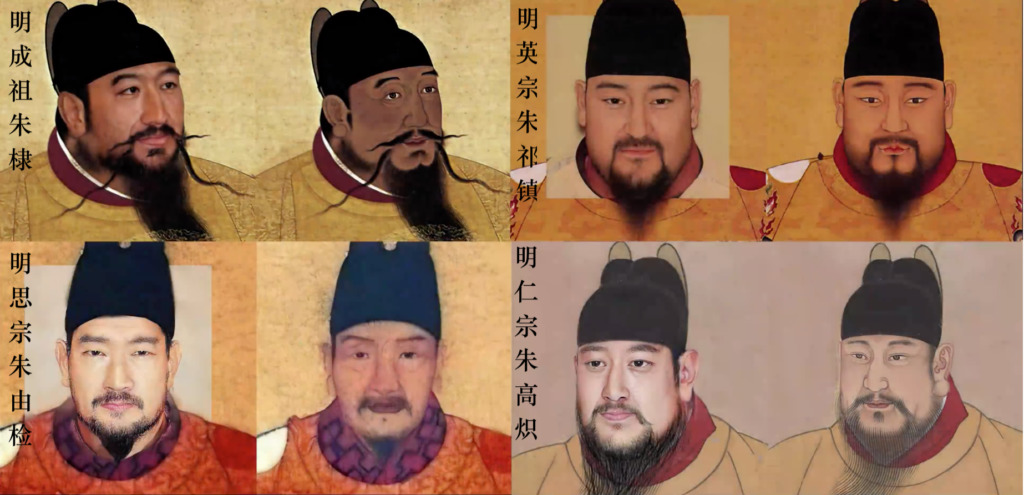
Emperors of the Qing Dynasty: Long and thin faces
Emperors Kangxi, Yongzheng and Qianlong of the Qing Dynasty are among the most common emperors in film and television dramas. Unlike the Ming Dynasty, the faces of the Qing Dynasty emperors tended to be "long and thin".
In addition, Otani also recreated the Empress Fucha, the love of Emperor Qianlong's life, making her look gentle and dignified.
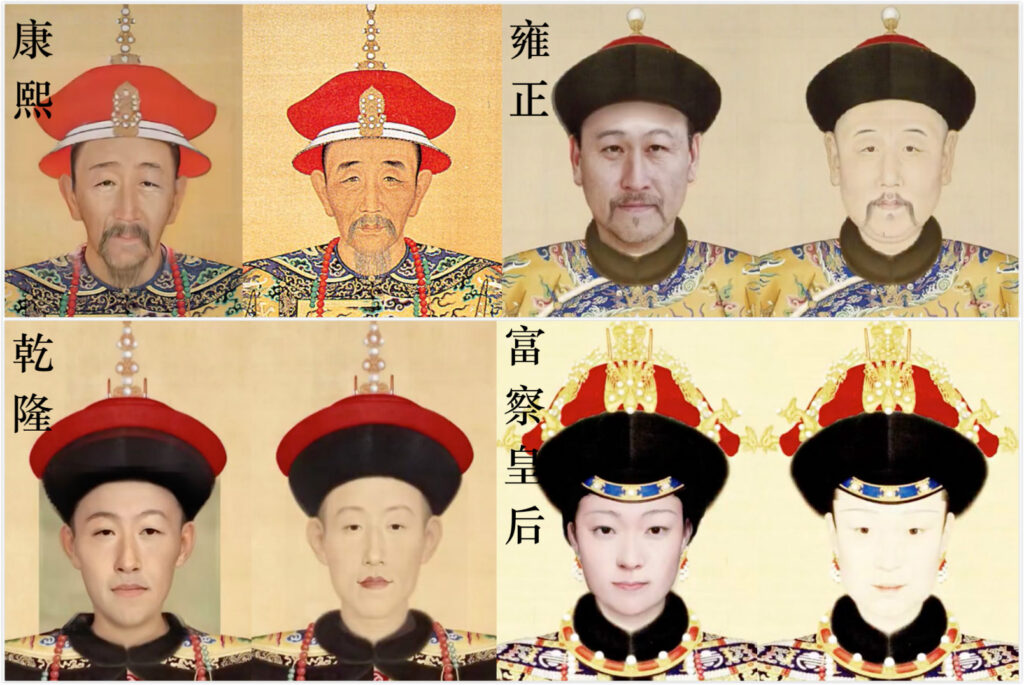
Emperor Taizu of Song Dynasty, Zhao Kuangyin: Born as a military general, with dark skin
Emperor Taizu of Song, the founding emperor of the Song Dynasty (Northern Song), was born in Baosai County, Zhuo County (now Baoding City, Hebei Province), a Han Chinese, and reigned for 16 years. During his reign, he strengthened centralization, advocated literati politics, and created a prosperous era of cultural governance in China.
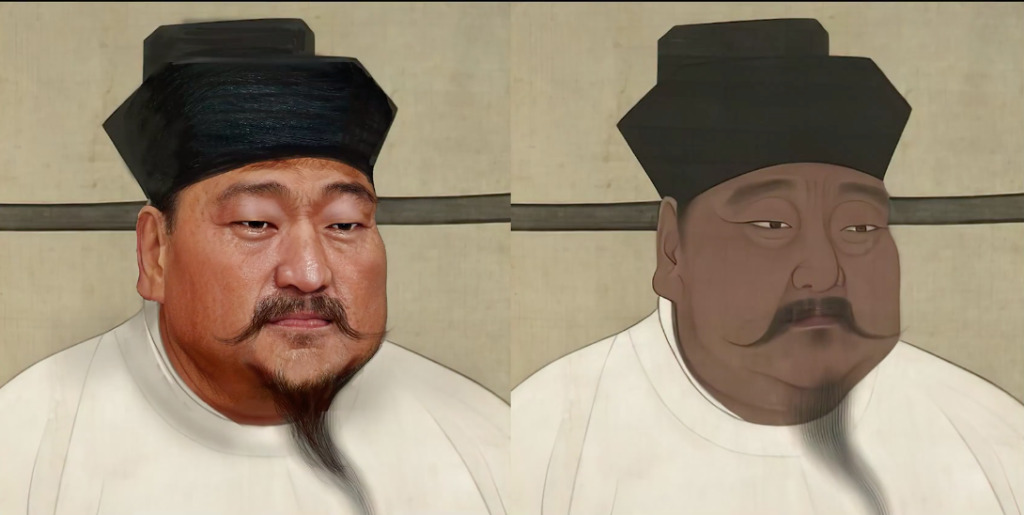
Song Zhezong Zhao Xu: The most handsome emperor of the Northern Song Dynasty
Song Zhezong reigned for 15 years and died at the age of 23. He was buried in the Yongtai Mausoleum in Gongxian County, Henan Province. Although he did not reign for long and died young, he was highly regarded by later generations, who believed that he was an emperor who was naturally intelligent, decisive and responsible.
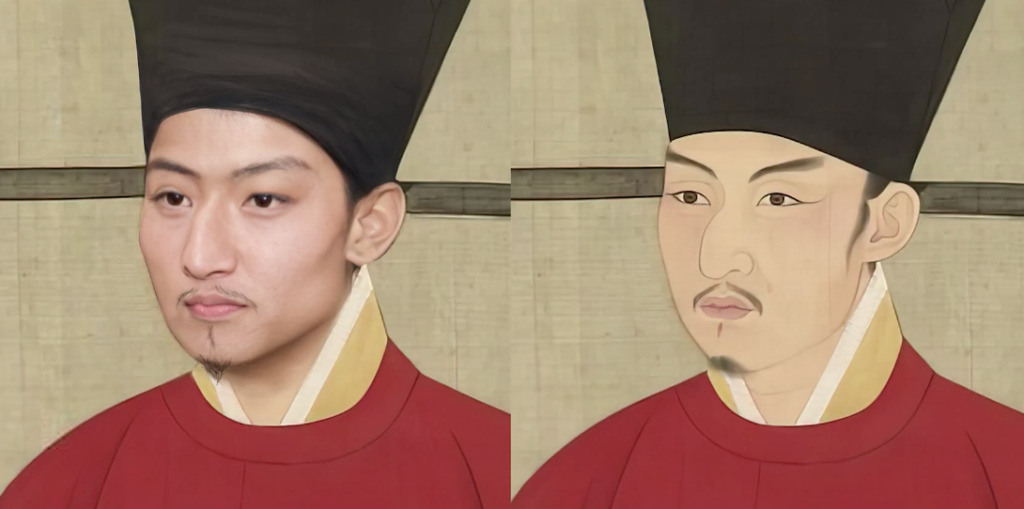
Song Huizong Zhao Ji: An Artist Delayed by the Dragon Throne
Song Huizong can be described as a literary youth. He was not only an emperor, but also a painter, calligrapher, poet, lyricist and collector. He had a wide range of hobbies and was good at playing the guqin, Cuju, Jiju, hunting, and he created his own "Slender Gold Script" font.
People often describe him as "an artist delayed by the throne". As the eighth emperor of the Song Dynasty, Song Huizong reigned for 25 years. During his lifetime, he experienced the Jingkang Catastrophe and eventually died as a prisoner after his country was destroyed and he was tortured to death.
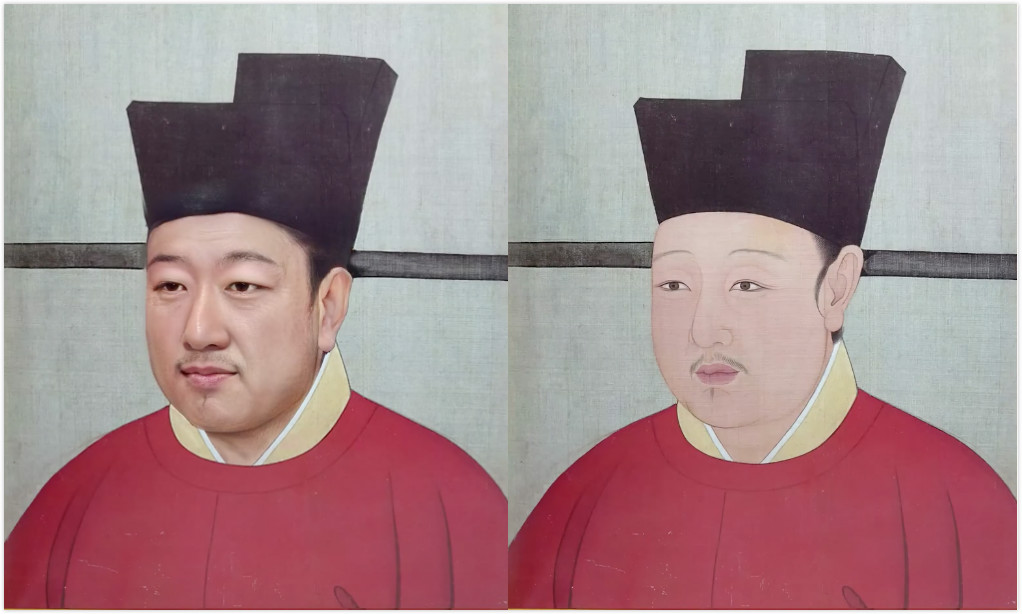
Compare facial features to accurately calculate actor similarity
After seeing the emperors' true appearance, which actors in previous TV dramas do you think look most like them? Otani used AI to rate the similarities of the actors.
Otani used SeetaFace, an open source AI facial recognition project developed by the Chinese Academy of Sciences.The restored emperor and the actor behind him were ranked in similarity by extracting and comparing facial features.Among them, the celebrity face that is most similar to the target person has the highest score.
After AI analysis, among the actors who played Emperor Taizu of Song, Zhao Kuangyin, Chen Jianbin ranked first with a similarity of 40.42%. However, judging by the comparison, most of the similarity score may be contributed by Hu Zi.
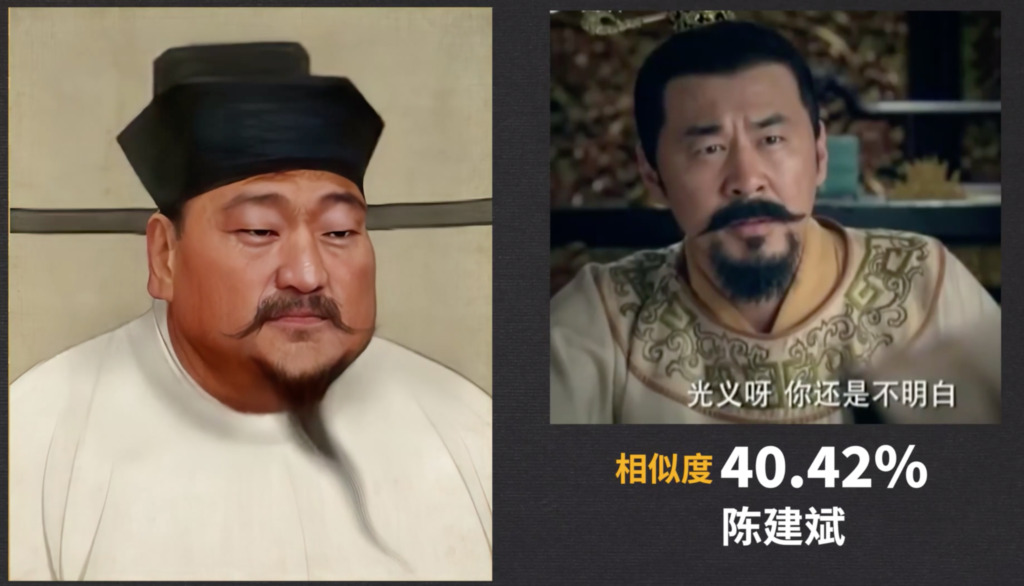
Among all the actors who played Emperor Kangxi, Chen Daoming finally became the most similar actor with a similarity of 48.8%:
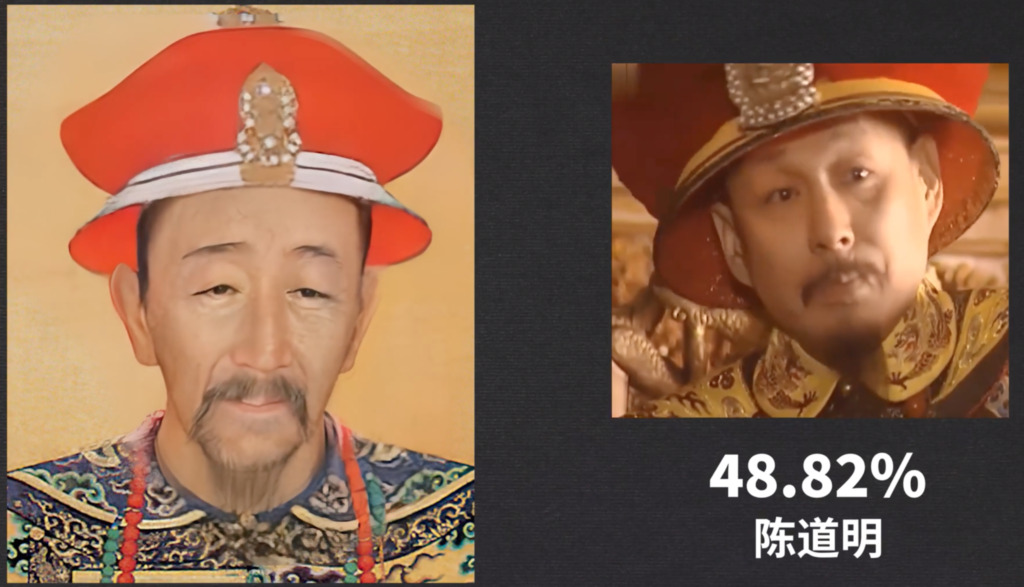
Still not satisfied? You can see the emperors in action in Otani's full video~
Song Dynasty Emperors:
Emperors of Ming and Qing Dynasties:
Artbreeder: An AI artifact for generating images online
According to Otani, in the process of restoring the portrait of the ancient emperor, he used PaddleGAN, AI Studio, Artbreeder and SeetaFace, a facial recognition technology developed by the Chinese Academy of Sciences.
Among them, Artbreeder is a tool often used by engineers at home and abroad when restoring portraits of historical figures.
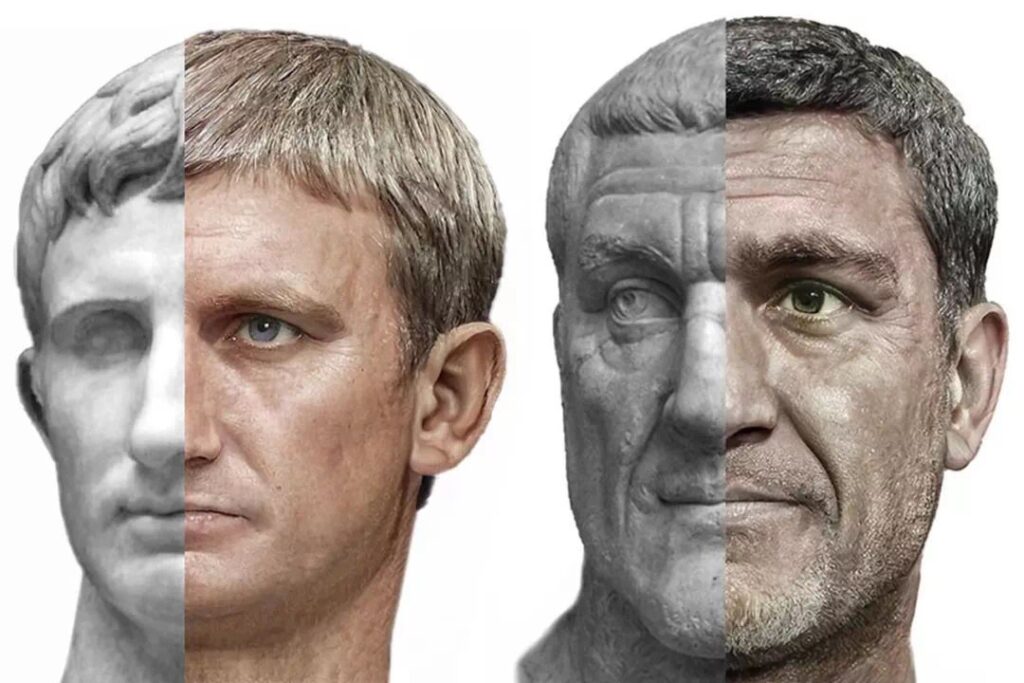
Artbreeder is a very powerful AI face recognition and generation program based on Generative Adversarial Network (GAN) technology, mainly using BigGAN and StyleGAN models.Its algorithms analyze large numbers of images to model more realistic facial shapes, features, hair, and skin, and add vivid colors.
On the Artbreeder official website,Users can create portraits and animations of different styles online by setting parameters in up to 34 different dimensions.These parameters include age, gender, race, skin color, hair color, mouth shape, etc. If the parameters are changed, the portrait will also change accordingly.
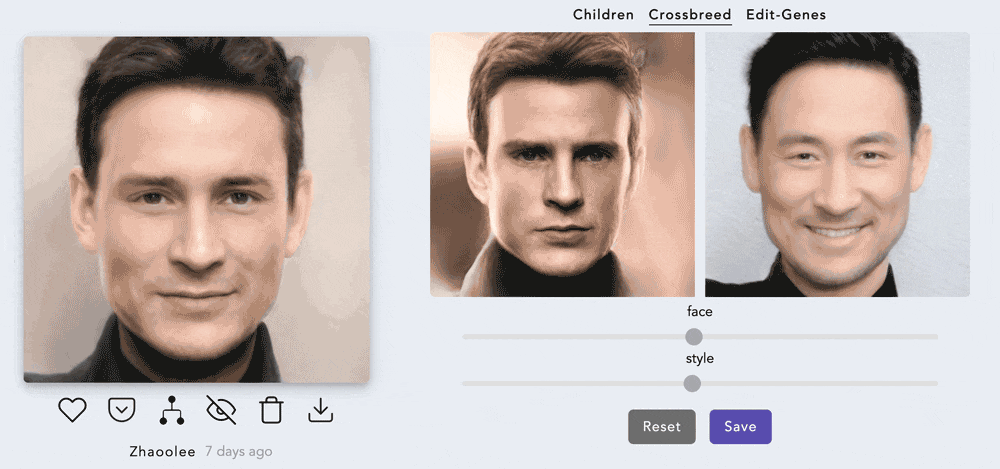
In addition to the common facial details adjustment and face-changing gameplay, users can also freely fuse and create images. For example, select any number of pictures and fuse them as desired:
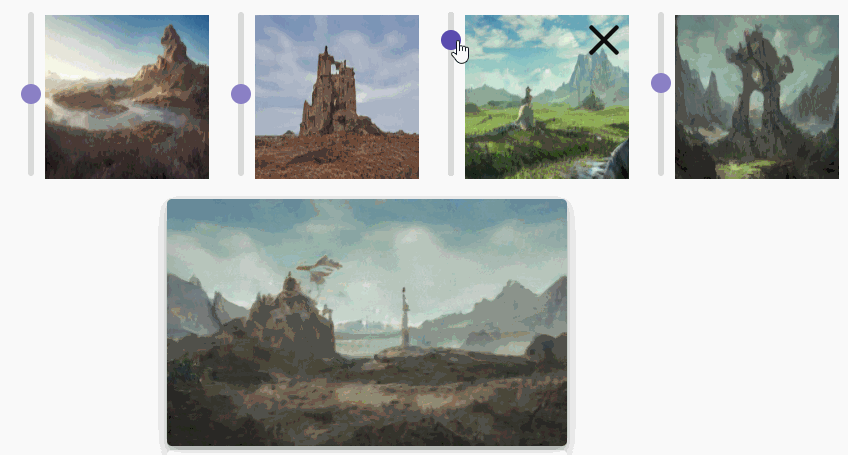
Artbreeder was originally an experimental project of artist Joel Simon called Ganbreeder, which is a collaborative art tool for exploring images. Later, it became a new creative tool through continuous optimization, allowing users to use the power of AI to create the images they want.
Currently, Artbreeder users have created more than 70 million images. Some netizens even said that they have become addicted to Artbreeder and use it to generate avatars, album covers, landscape pictures and two-dimensional avatars online.
The application of these technologies is not just entertainment. While flooding social platforms, they have also played an important role in video restoration and historical data recovery.
In 2019, the AI-restored Sanmao Wanderings was screened at the Shanghai International Film Festival. In the same year, AI technology was also used in the restoration of The Founding of the Nation (seeHigh-definition color founding ceremony to be released: With the support of technology, history will not fade).
I believe that these technologies will further generate more new value in the fields of artistic creation, film and television in the future.
Artbreeder official website portal:
-- over--